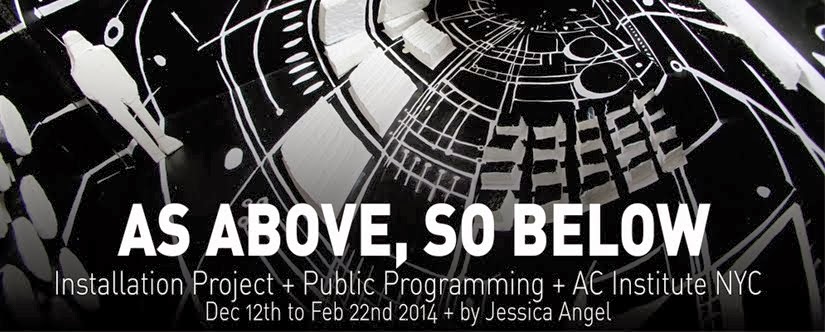The more we connect to the net of human understanding recorded in books and the internet, the more we realize there are immense amounts of data that we will never be able to grasp. Human knowledge is an ancient “living” being that crosses throughout history considering that information is as old as writing itself. The branched pattern of this net is similar to that of a system, in which you plug-into and start traveling through, finding yourself in an endless universe. I can't help comparing this virtual space where information flows, to the outer space; Clusters of ideas bundled together, sharing a common essence, rotate around a central theme, while other groups of ideas rotate around the opposite theme complementarily. The two groups of ideas appear to work in a corresponding way, where negative and positive, true and false, cannot be one without the other. (Dionysius could not exist if it wasn’t for Apollo or vice versa) Numerous questions rise when I address these similes. Where is this ethereal place where ideas flow located? Can we relate the behavior of information to atomic or cosmological behaviors?
Erasing the Limits of Space.
Speed, war, love, theft, commerce, crowds – everything we know to be characteristic of a contemporary city, has been codified. A mirrored virtual image of the “outside” has been created inside our computing machines. The ways our cities are planned seem to correlate to the structure of a motherboard. Even if we go further into the microscope we find the structures of neurons to be remarkably similar to that of cities. Are these resemblances related to the nature of interconnectivity? Why are these natural and artificial forms so similar and is there such a difference between the two? Can we compare the micro-structure of computer integrated circuits to the mega-structure of the universe?
References and Documents:
Art in the Information Age. Technology and Conceptual Art By Edward A. Shanken - Paper
Network Cosmology - Paper
Rebooting the Cosmos. Is the Universe the Ultimate Computer? - Conference
What is Information? The Flow of Bits and the Control of Chaos - Document
New Imaging: Transdisciplinary Strategies for Art Beyond the New Media- Book/Compilation
Non Euclidean Translations: From Art to Science and Back by Roger Malina- Essay
References and Documents:
Art in the Information Age. Technology and Conceptual Art By Edward A. Shanken - Paper
Network Cosmology - Paper
Rebooting the Cosmos. Is the Universe the Ultimate Computer? - Conference
What is Information? The Flow of Bits and the Control of Chaos - Document
New Imaging: Transdisciplinary Strategies for Art Beyond the New Media- Book/Compilation
Non Euclidean Translations: From Art to Science and Back by Roger Malina- Essay
